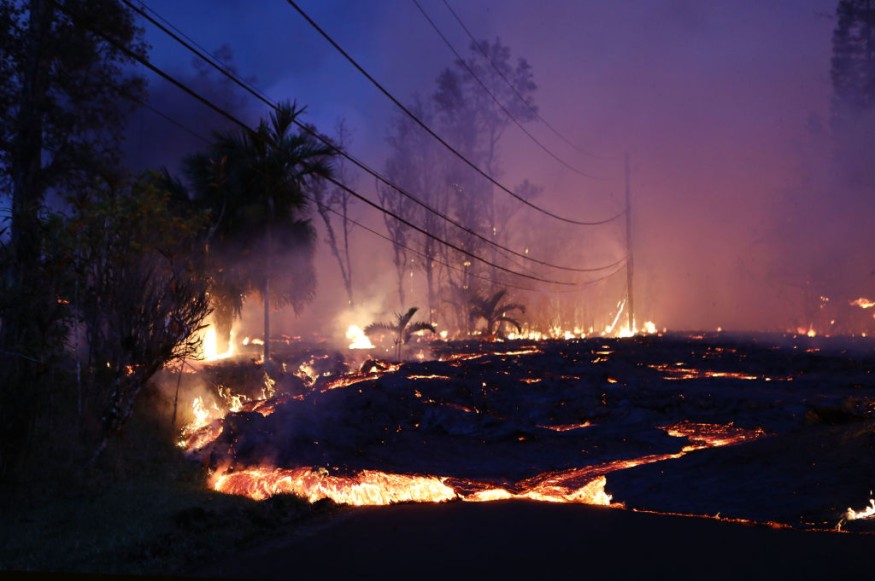
Researchers may have discovered the mechanism causing the oddly violent eruptions at Kilauea, one of the world's most active volcanoes.
Stomp-Rocket Toy Like Explosion
Hawaii Volcanoes National Park's Kilauea volcano on the Big Island erupted more than a dozen times in 2018 in a manner that experts likened to a child's stomp rocket, a toy that allows you to stomp to propel a rocket aloft.
Through a detailed analysis of the dynamics of the explosions, scientists have identified a novel mechanism for volcanic eruptions. The explosions were caused by abrupt pressure surges as the ground collapsed, shooting plumes of rock fragments and hot gas skyward.
The eruptions, which may reach heights of up to thirty feet, were unusual since the usual causes of explosive eruptions are the expansion of steam from magma heating subterranean water or the rise of molten rock, or magma.
Along with lava flows erupting from lower down the volcano's slope, the specific series of explosions at Kīlauea's peak was one of a series of occurrences. On the island of Hawaii, those lava flows caused months-long displacement of islanders and the destruction of thousands of homes.
Volcanologists use a technique known as "hindcasting," which involves precisely analyzing past volcanic eruptions to predict future eruptions and provide more precise warnings to individuals who may be in the path of an eruption.
Josh Crozier conducted this research as a doctorate student at the University of Oregon and found that, generally speaking, explosive volcanic eruptions are either largely fueled by rising magma, evaporated groundwater, or some combination of the two. These explosions, however, didn't quite match the pattern.
"The eruptive material contained very little that looked like fresh magma that was blasted out, but there's no evidence for significant groundwater being involved, either," he added.
According to the researchers, the results could potentially provide an explanation for how hot gas and rock fragments blasted from the volcano formed air plumes.
According to Crozier, there are flying risks, falling ash, and gas releases when the plumes are that high.
As far back as the 1920s, abnormal eruptions at Kilauea have been documented, starting a sequence of rather big explosive eruptions, according to Crozier, who carried out the study while working for the US Geological Survey.
According to Crozier, every collapse event at the summit raised the explosive plumes and raised the pressure inside the summit magma reservoir, which in turn accelerated the flow of magma out of the reservoir.
Not Exclusive
The study suggests that the stomp-rocket mechanism may not be exclusive to Kilauea and that it has also been involved in eruptions at other volcanoes worldwide, some of which have happened in the last century.
Kilauea may experience similar eruptions in the future, but it would be "extremely unlikely" within the next ten years.
"Importantly, they can happen in potentially dangerous conditions where you wouldn't otherwise necessarily expect an explosive eruption to come out of the volcano summit," Crozier said.
The mechanics of plume creation must be understood in order to forecast local populations, the researchers added, especially those that contain hot gas and rock particles that may be harmful to human health.
Related Article : Kilauea Volcano in Hawaii Erupts Again, Emits 'Glowing Lava' After Three-Month Pause
© 2025 NatureWorldNews.com All rights reserved. Do not reproduce without permission.





